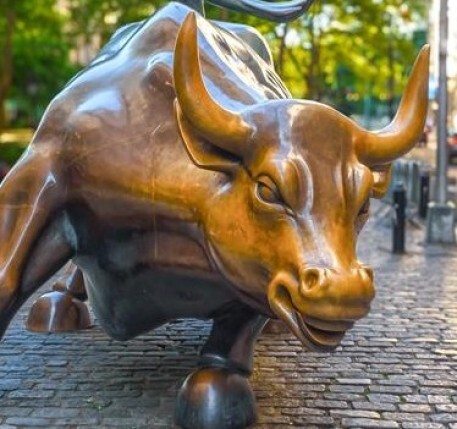While the recent inflation figures in the United States could suggest that the peak was finally behind us, the publication of the figures for the month of May suggested otherwise and put a chill on the financial markets.
Thus, over the month, consumer prices are up by 1%, bringing the increase over one year to 8.6% (compared to 8.3% the previous month), a highest since December 1981. The only consolation prize, "core" inflation, excluding the most volatile elements, fell slightly over the month from 6.1% to 6% on an annual basis. In detail, energy prices, which had paused last month, started to rise again by 3.9% in May (+34.9% over one year). On the food component, the rise continues. The index for "food at home" is up for the fifth consecutive month by 1% or more, bringing its increase to 11.9% on an annual basis, a record since April 1979. More than the increase in prices in volatile items, it is the spread of the rise to all prices in services that is worrying (as we mentioned in our meeting on Monday, May 16 entitled "A drop in inflation is an optical illusion ? "). These figures thus came to put the lead in the wing of the Fed's scenario of a soft landing for the American economy. American households, which had until then maintained their consumption rather well, in particular thanks to the increase in revolving credits, are seeing their real wages increasingly impacted (down 3% over 1 year). Household morale is therefore directly impacted. The University of Michigan consumer confidence survey fell 14% in June, the lowest since the index was created in 1978. The Fed, which is due to hold its monetary policy meeting this week, is therefore unlikely to change its hawkish discourse and the statements of the most "dovish" members, campaigning for a slowdown in the pace of tightening as of September, risk falling by the wayside. The market is now anticipating a rise in key rates of 75 bps in September compared to 25 bps a week ago! Be careful, however, because between the correction on the financial markets and the tightening of financing conditions, the possibility that the Fed will put a little water in its wine to avoid too hard a landing still exists.
IIn the aftermath, US long rates briskly broke the 3% threshold on the 10-year upwards, dragging down the equity markets, already rocked by the ECB meeting. The European institution has, in fact, recorded during its monetary policy meeting the end of the era of negative rates in the euro zone. For the first time in more than 10 years, the ECB will therefore increase its key rates in July to bring them to 0% by September (against -0.5% currently) and probably more by the end of the year. While the ECB is logically following the movement initiated by the other central banks to fight inflation, it is, on the other hand, powerless against the risk of fragmentation (i.e. an excessive rate difference between countries) in the euro zone. If Christine Lagarde has made it a priority, very few elements have been provided on this point to reassure the markets.










